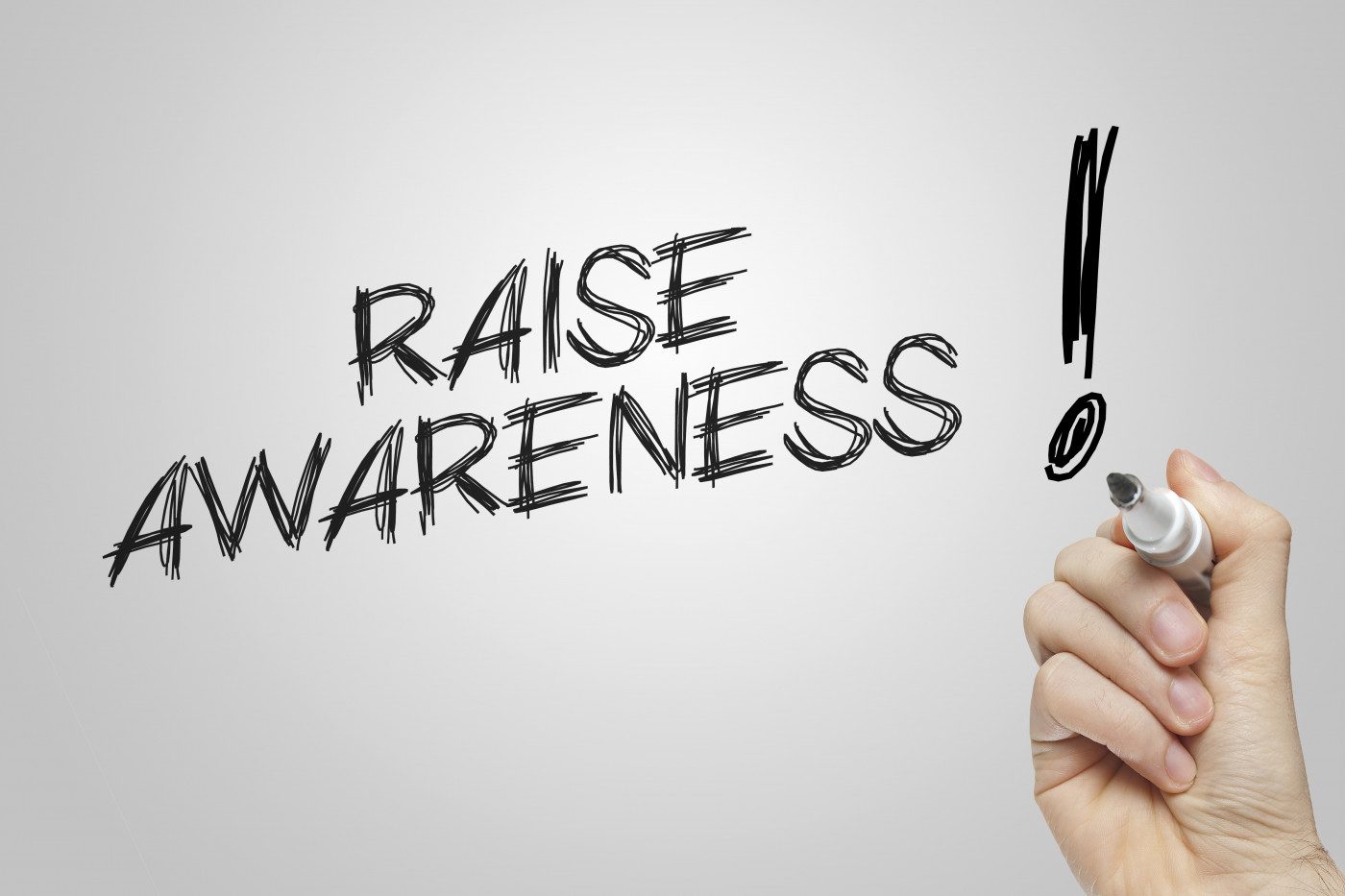PFF Sharing Patient Stories, Photos to Mark PF Awareness Month

In recognition of September being Pulmonary Fibrosis Awareness Month, the Pulmonary Fibrosis Foundation (PFF) is working to raise awareness about the realities of this disease and how it affects people’s lives.
The PFF is also conducting a social media campaign, “30 Facts in 30 Days,” to educate the public about pulmonary fibrosis, and a video series, “Share your story: portraits of PF,” showcasing the day-to-day reality of life with the disease.
Other opportunities to support awareness month include dressing up blue and sharing it on social media using the hashtag #BlueUp4PF, making a donation, participate in PFF virtual walk events, creating fundraisers, and updating your social media with Pulmonary Fibrosis Awareness Month pictures.
According to a survey conducted by the PFF, 86% of people in the U.S. do not know the symptoms of pulmonary fibrosis, which commonly include shortness of breath, fatigue, and a dry, persistent cough. Since these same symptoms are common to many other disorders, correctly diagnosing pulmonary fibrosis can be a challenge, Gregory Cosgrove, the PFF’s chief medical officer, said in press release.
“PF diagnosis often comes in its later, harder-to-treat stages, because its symptoms mimic those of other illnesses, such as asthma, COPD [chronic obstructive pulmonary disease] or even heart failure. Taking note of warning signs and proactively speaking with your doctor is crucial to identify an appropriate treatment plan before the disease advances,” Cosgrove said.
Other symptoms of PF can include weakness, chest discomfort, loss of appetite, and unexplained weight loss. Each individual with PF, however, experiences the disease in a unique way, the release notes.
In some cases, PF develops without a clear cause and referred to as idiopathic PF (“idiopathic” means “without a known cause”). Although idiopathic disease is a known phenomenon, some factors are associated with an increased risk of developing PF — in particular, older age (over the age of 60) and a family history of interstitial lung disease. Genetic factors can also influence PF risk.
This year’s Awareness Month comes during a time of generally heightened interest in respiratory disease due to the COVID-19 pandemic. The PFF statement clears up a misconception regarding COVID-19 and PF: namely, that while COVID-19 can cause fibrosis (scarring) in the lungs, that kind of lung fibrosis is clinically and biologically distinct from PF.
In the context of COVID-19, scarring can occur as a result of damage to the lungs (either due to the virus itself or due to treatments, such as mechanical ventilators). In this case, scars are forming as part of the body’s normal healing process. In contrast, PF in people with interstitial lung disease is characterized by progressive scarring. That is, scarring that continually gets worse, and takes place in the absence of an injury that needs to be healed.
More information about Pulmonary Fibrosis Awareness Month and ways to get involved can be found here.







